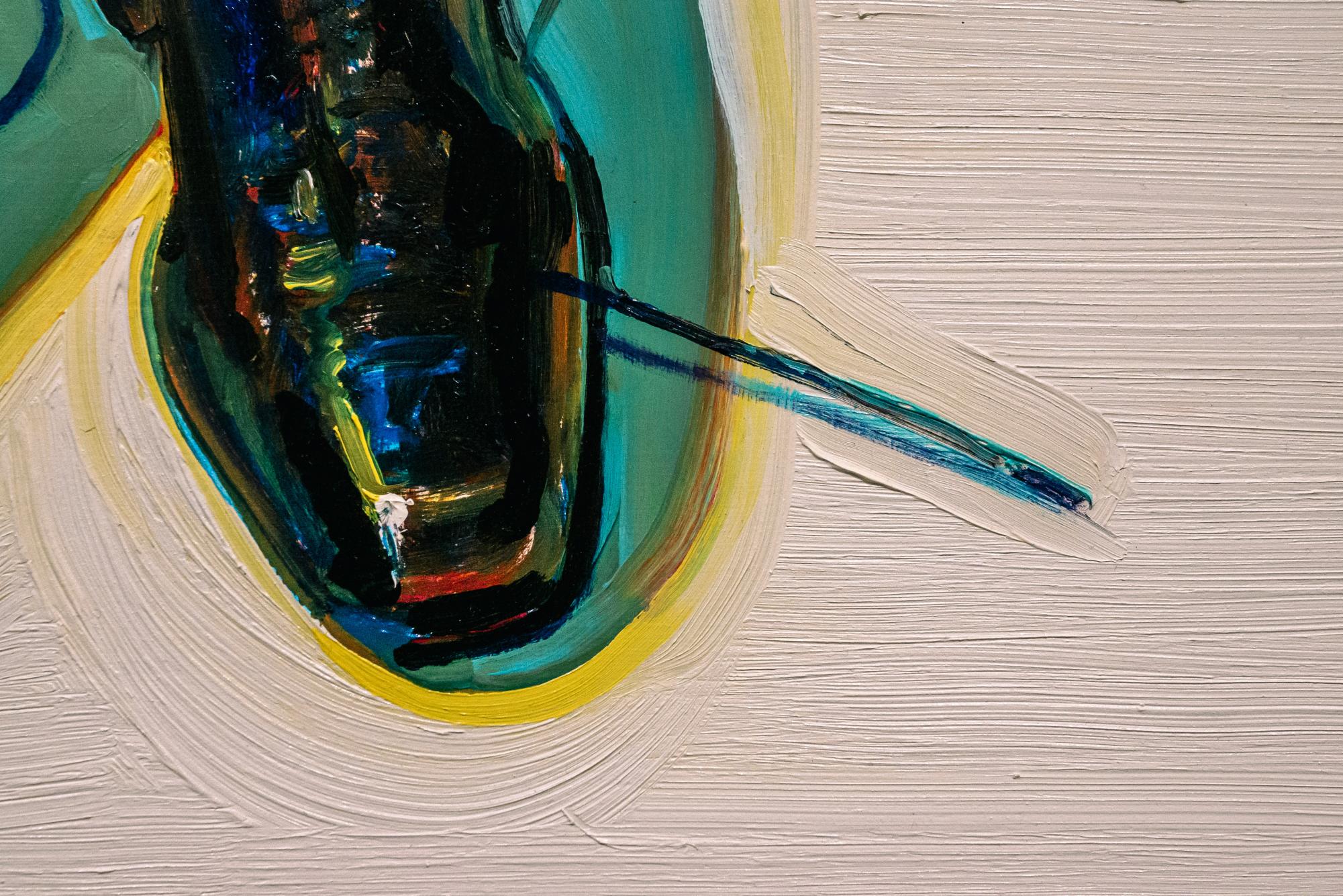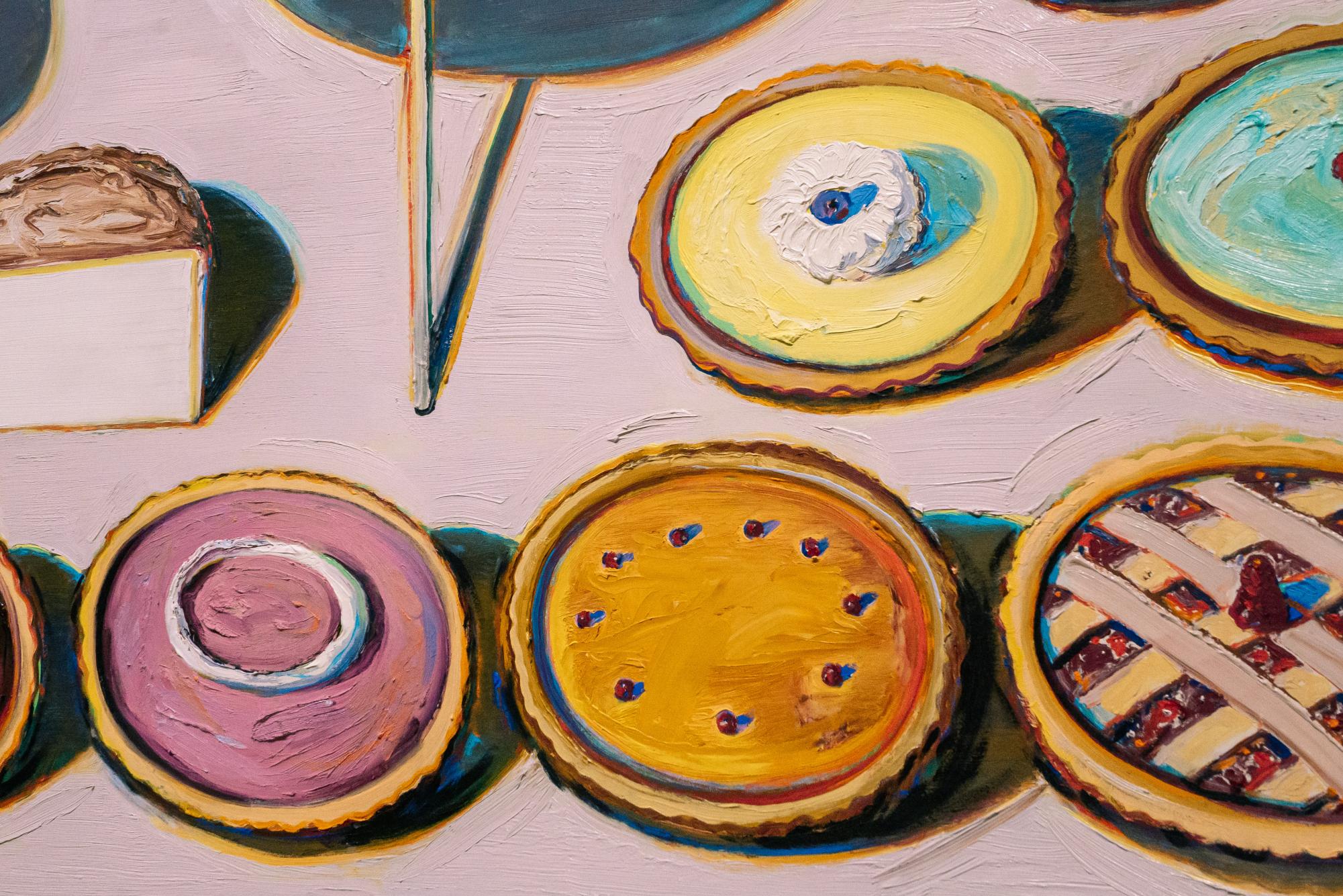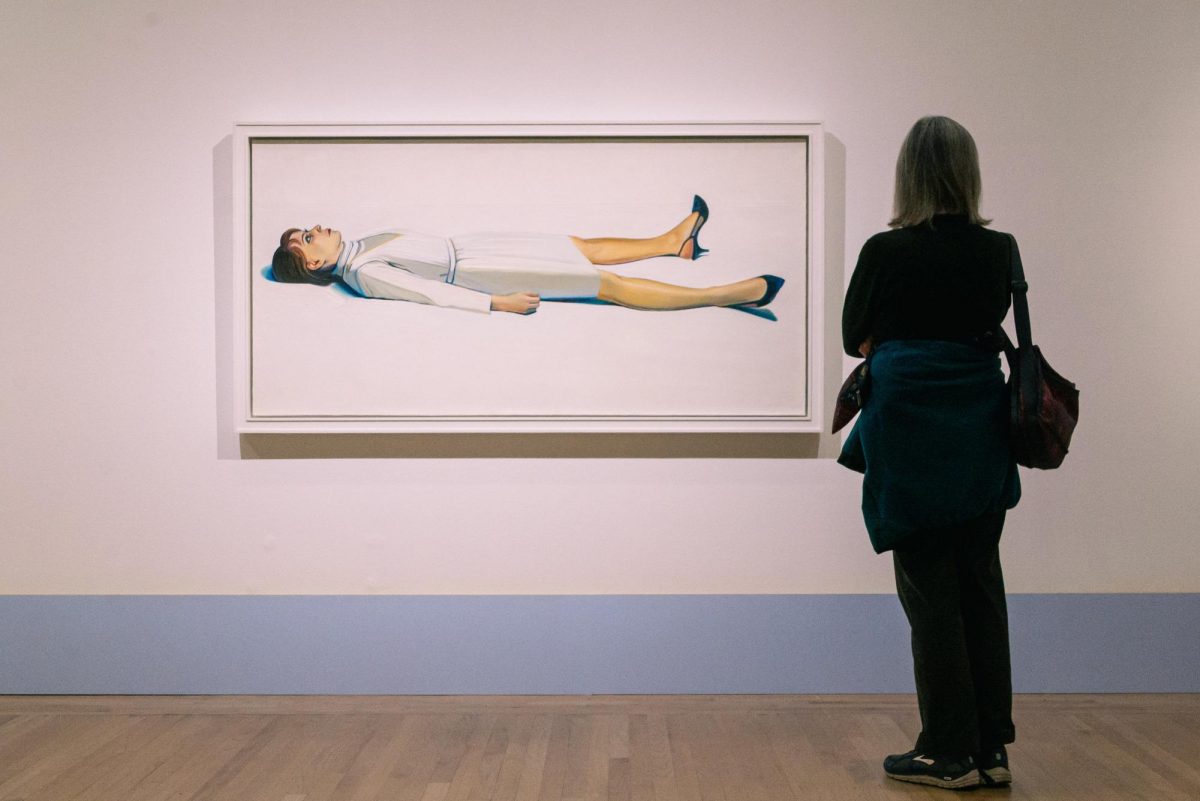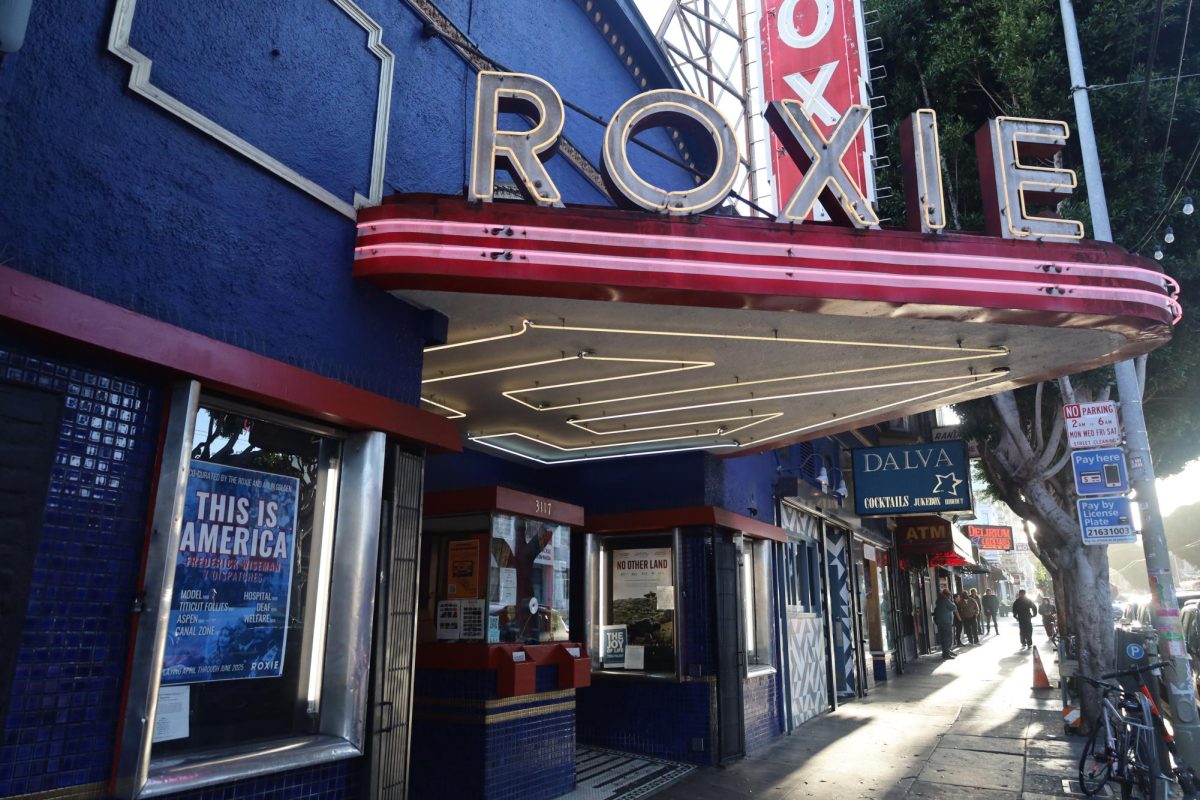On March 22, the Legion of Honor opened “Wayne Thiebaud: Art Comes from Art,” an exhibit dedicated to highlighting the influence of art history on Northern California painter, Wayne Thiebaud.
More than 60 of Thiebaud’s works are on display with subjects ranging from his famous still lifes of cakes and pastries to portraits and cityscapes. The show’s title, “Art Comes From Art,” refers to the artist’s philosophy that painting is a self-referential form and was created by Timothy Anglin Burgard, a curator of American art for the Fine Arts Museums of San Francisco.
Before beginning his career as a painter, Thiebaud grew up in Long Beach, California, and interned at Walt Disney Studios as a teenager, drawing iconic characters such as Goofy and Pinocchio. After graduating from California State University, Sacramento with a master’s degree, he became an art professor at UC Davis.

In a film made for the exhibition, Thiebaud admitted to stealing from his influences which include the likes of impressionist Claude Monet to the abstract work of Ellsworth Kelly. According to Burgard, the extent of Thiebaud’s aesthetic theft ranges from overt copying to a complete reappropriation.
One example of this practice can be seen in the portrait of his wife, Betty Jean Thiebaud. The piece “Betty Jean Thiebaud and Book,” depicts her seated with a calm expression with an art history book, opened to a page of reproductions from Edgar Degas and Georges Seurat.
“Thiebaud often leaves a clue about his art thievery,” Burgard said. As his “Mona Lisa,” the piece draws from multiple sources such as the aforementioned Degas and Seuart as well as Picasso’s portrait of his lover, Marie-Thérèse Walter.
The exhibit also shows some of Thiebaud’s personal art collection and copies from old masters such as Diego Velázquez and Rembrandt van Rijn. The paintings, hung salon-style, demonstrate how Thiebaud learned to paint and draw from looking at art history.
“If you were an artist coming from the ‘50s, [the old masters] were the definition of fine art,” Burgard said. “He wants to copy great works of art to understand them, but also to find inspiration.”

Contemporary art also had an impact on Thiebaud. Ellsworth Kelly’s 1968 “Black White” violates a lesson Thiebaud taught his students at UC Davis: Never divide your composition diagonally.
But after seeing the piece at the Glenstone Museum in Maryland, Thiebaud crafts a clever response later that same year. “Diagonal Ridge” portrays a California landscape divided diagonally to show the diverse geography of the state. The painting challenges the notion that abstraction and representation are opposites, resulting in a surrealist quality.
Key characteristics of Thiebaud’s work, such as the thick textures and wide brushstrokes, were created by a technique called impasto. Viewing the paintings in person gives the public a chance to experience the 3D aspect of his work, a quality often missing in printed reproductions. For many people, this is the first time they’ve seen a wide collection of Thiebaud works; so far, the reception has been positive.
One visitor, Bill Bain from San Francisco, has been a huge fan of Thiebaud and said that “he was one of the first people I was trying to copy when I was in school.” Another patron, Heather Robinson, cited Thiebaud as one of their heroes and enjoyed how the exhibit showcased his influences.
The work of Wayne Thiebaud is a reminder that originality is a paradox, only acquired through constant copy and study.
“One of my quarrels with modernism is the emphasis on the so-called self … the idea is to become one with others,” he said.
This idea is the foundation of Thiebaud’s work.
“Wayne Thiebaud: Art Comes from Art” runs until Aug. 17 at the Legion of Honor.








